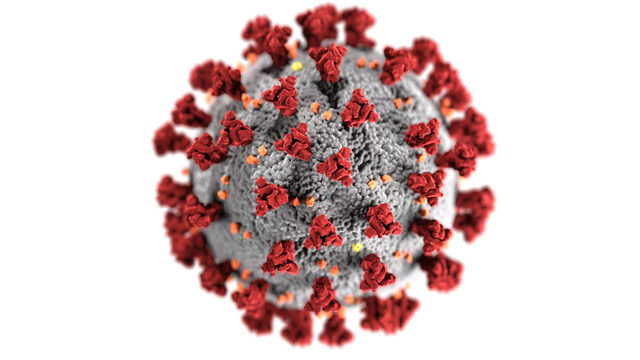UIC EVL Supports Open-Science Folding@home COVID-19 Research with Computing Resources
June 3rd, 2020
Categories: Applications, Devices, User Groups, Visualization, Visual Analytics

About
JUNE 3, 2020 - While medical personnel and engineers apply their brains to finding cures and vaccines for COVID-19, it’s computers that apply their brawn to crunch the numbers and run the simulations that empower researchers’ insights and discoveries. Given the computing power available at the Electronic Visualization Laboratory (EVL) at the University of Illinois at Chicago (UIC), the Lab recently began providing access to its excess computing capacity to the Folding@home (FAH) project, a crowd-sourced, distributed “supercomputer” that supports open-science research at labs and startups studying protein folding in structure-based drug design. To date, the FAH website lists ’Team EVL’ in the Top 400 of over 250,000 teams (groups of individuals and/or institutions) that support this effort with resources.
Viruses have proteins that they use to suppress our immune systems and reproduce themselves, so to design therapeutics to stop them, researchers need to understand how these viral proteins work. FAH specializes in computer simulations of protein folding, so researchers can see and understand proteins’ moving parts, thereby gaining more insight than viewing a static snapshot of a protein’s shape.
With the recent rush to discover COVID-19 treatment therapies, FAH suddenly went from 30,000 users running software applications in February to 400,000 in March - and another 300,000 users in April. FAH’s compute engines and data servers became overloaded until March, when chip manufacturer Nvidia began donating processing power and emailing and tweeting others to participate.
According to an article in the Ars Technica e-zine, by April, FAH’s computer processing (CPU) and graphical processing (GPU) power zoomed to a peak performance of 1.5 ExaFLOPs, making it more than seven times faster than the world’s fastest supercomputer, Summit, at Oak Ridge National Laboratory. FAH partitions massive application and simulation codes into very small jobs that it distributes to individual computers for execution. For individuals and/or teams providing resources, they can specify whether a distributed application runs when their PC is idle or runs in background mode when their PC is being used.
As of June 3, 2020, ’Team EVL’ ranked 337 out of over 253,786 teams who were providing resources and completed over 23,678 work units (the time needed to finish a particular process, which varies based on the algorithms being run). Team EVL was conceived by Arthur Nishimoto, a UIC Computer Science PhD student and EVL research assistant, who initially provided FAH with access to his personal computer at home. However, as most people are now working on their laptops from home to reduce the spread of the disease, EVL’s large computer systems have been under-utilized. So, Nishimoto approached EVL research staff member Lance Long about providing FAH with access to the Lab’s CAVE2 cluster and COMPaaS Deep Learning & Visualization system. Long agreed, enabling EVL to play a small but significant role in helping scientists tackle the coronavirus while we shelter at home. It’s not the first time Long has supported citizen science projects; he also provides access to EVL computing resources to NSF/DOE Open Science Grid researchers to process and analyze data from NSF’s IceCube Neutrino Observatory located in Antarctica - but that is another story!
Life after COVID-19? FAH started almost 20 years ago, but continues today, dedicated to understanding protein folding, the diseases that result from protein misfolding and aggregation (which include Alzheimer’s, Huntington’s, cystic fibrosis, BSE [Mad Cow disease], an inherited form of emphysema, and many cancers), and novel computational ways to develop new drugs in general. It is is reliant on the simulations run on volunteers’ personal computers, so a cause EVL will most likely continue to support.
By Maxine Brown, UIC/EVL
# # # #
REFERENCES
Folding@home: https://foldingathome.org/
Folding@home Team Statistics: https://foldingathome.org/statistics/
Folding@home EVL Team Statistics: https://stats.foldingathome.org/team/263148
Nvidia: https://ngc.nvidia.com/catalog/containers/hpc:foldingathome:fah-gpu?ncid=em-targ-21378
Wikipedia: https://en.wikipedia.org/wiki/Folding@home
Andy Patrizio, “The coronavirus pandemic turned Folding@Home into an exaFLOP supercomputer,” Ars Technika, April 14, 2020, https://arstechnica.com/science/2020/04/how-the-pandemic-revived-a-distributed-computing-project-and-made-history/